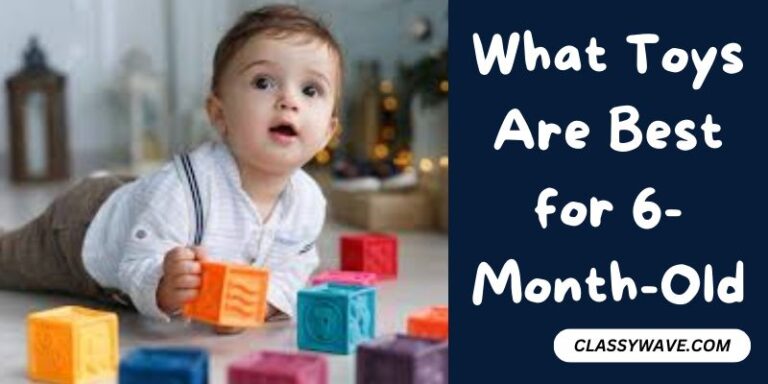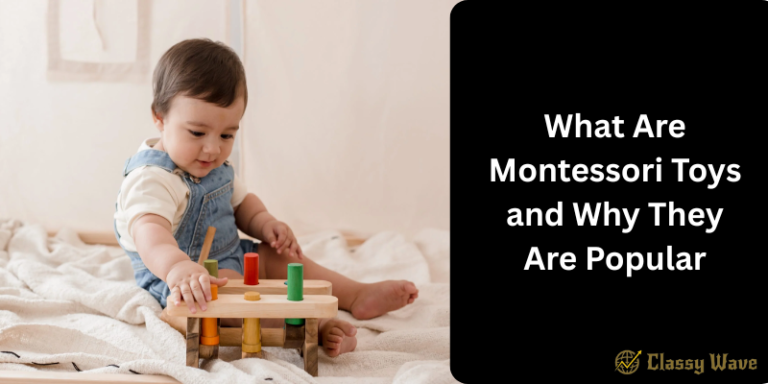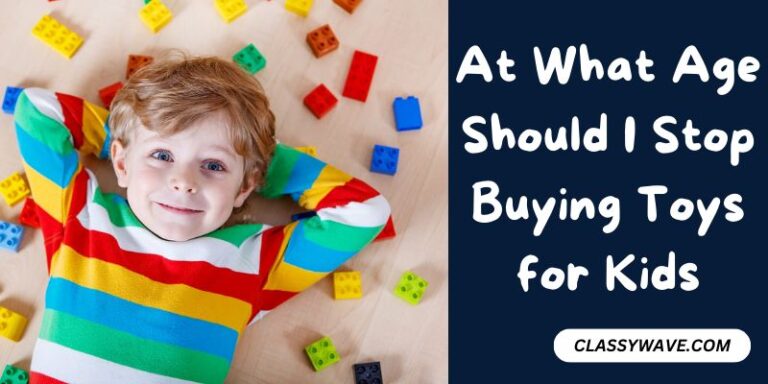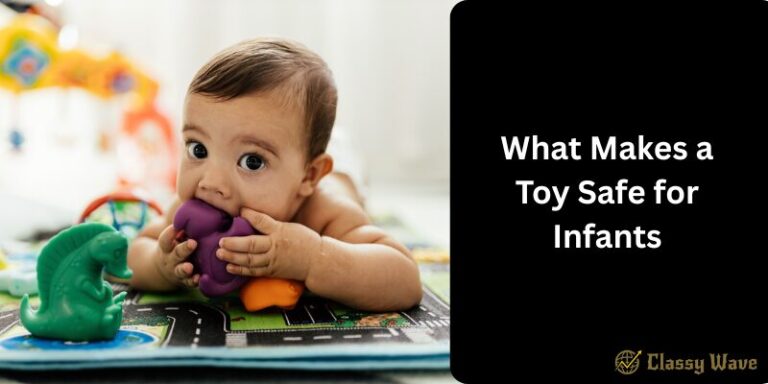What is the Best Thing to Clean Baby Toys With – Complete Guide
Welcome to the world of parenting, where every detail matters, especially when it comes to the health and well-being of your little one. As a parent, you’ve probably wondered, “What is the best thing to clean baby toys with?” In this guide, we’ll navigate the realm of toy hygiene, exploring effective and safe cleaning methods tailored to different materials.
From household items to DIY solutions, get ready to embark on a journey that ensures your baby’s toys are not only visually appealing but also free from germs and allergens.
Let’s dive into the art of keeping those beloved toys sparkling clean for your bundle of joy.
Introduction
Ensuring that your baby’s toys are clean is not just about maintaining a pristine appearance. It’s about safeguarding your child’s health and creating a hygienic environment for their growth. Dirty toys can harbor germs, bacteria, and allergens, posing potential health risks. Let’s delve into the specifics of keeping those beloved toys spick and span.
Types of Baby Toys
Baby toys come in various materials, including plastic, fabric, rubber, and more. Understanding the composition of each toy is essential for choosing the right cleaning method. Different materials require different approaches to ensure effective cleaning without causing damage.
Why Cleaning Baby Toys Matters
Beyond the visual appeal, cleaning baby toys has significant health implications. Babies explore the world around them through touch and taste, making clean toys crucial for preventing the spread of illnesses and infections. Regular cleaning not only protects your child but also promotes a healthy and hygienic environment.
Common Household Items for Cleaning
You don’t need an arsenal of specialized cleaners to keep baby toys clean. Simple household items like a vinegar solution, mild soap and water, or disinfectant wipes can work wonders. These options are not only effective but also safe for your baby.
Avoiding Harmful Cleaning Agents
While cleaning is essential, it’s equally crucial to steer clear of harmful chemicals. Some cleaning agents may contain harsh substances that can be harmful to your baby. We’ll guide you through the chemicals to avoid and introduce natural, baby-safe alternatives.
Cleaning Frequency
How often should you clean baby toys? The answer depends on various factors, including the type of toy, how frequently it’s used, and the age of your child. We’ll provide recommendations and insights into determining the optimal cleaning frequency for your baby’s toys.
Specific Cleaning Tips for Different Toys
Not all toys are created equal, and their cleaning needs can vary significantly. From plush toys to teething rings, we’ll delve into specific cleaning methods tailored to different materials, ensuring that no toy is left behind.
Sunlight Exposure
Harnessing the power of sunlight can be an effective and natural way to disinfect baby toys. We’ll explore the benefits of sunlight exposure and offer cautionary advice for toys made of certain materials that may be sensitive to prolonged sunlight.
Storage Practices for Clean Toys
Keeping toys clean goes beyond the cleaning process itself. Proper storage is essential to maintain the cleanliness of toys. We’ll provide tips on organizing and storing toys to prevent them from becoming germ magnets.
DIY Toy Disinfectant Spray
For the DIY enthusiasts, we’ve got you covered with a simple recipe for a homemade toy disinfectant spray. Discover an easy and cost-effective way to keep your baby’s toys clean and safe.
Commercial Cleaning Products
If you prefer commercial cleaning products, we’ll review baby-friendly options available in the market. Gain insights into their pros and cons, helping you make an informed decision when choosing products for your baby’s toys.
Educating Caregivers
Promoting awareness about the importance of toy cleanliness is essential. We’ll discuss the role of parents, caregivers, and childcare providers in educating others about maintaining a hygienic environment for children.
Signs of a Dirty Toy
How do you know when a toy needs cleaning? We’ll outline the signs that indicate it’s time to give a toy some TLC. Regular inspection and prompt cleaning can prevent the buildup of dirt and germs.
Engaging Children in the Cleaning Process
Teaching children about the importance of cleanliness can be fun and educational. We’ll provide tips on how to make cleaning a collaborative and enjoyable activity, instilling a sense of responsibility in kids.
Conclusion
So, there you have it – the ins and outs of keeping your baby’s toys squeaky clean! We’ve covered everything from DIY solutions to commercial options, ensuring your little one’s playthings are not just fun but also safe and hygienic.
Remember, the best thing to clean baby toys is the one that suits the material and, most importantly, keeps your child’s health in mind. As you embark on this cleaning adventure, make it a family affair! Involve your little helper in the process, turning it into a game or a chance to explore together.
By following these tips, you’re not just wiping away dirt; you’re fostering a healthy environment for your child to grow and play. So, go ahead, grab those cleaning supplies, and let the cleanliness and giggles begin! Happy cleaning!
FAQs About Cleaning Baby Toys
How often should I clean my baby’s toys?
Cleaning frequency depends on factors like material, usage, and age. Generally, aim for at least once a week.
Can I use bleach to clean baby toys?
It’s advisable to avoid harsh chemicals like bleach. Opt for milder, baby-safe alternatives.
Are commercial toy cleaners safe for babies?
Some are, but it’s crucial to check the ingredients. Look for products with non-toxic and baby-friendly formulations.
What should I do if a toy can’t be submerged in water?
Use a damp cloth with a mild cleaning solution to gently wipe the surface of the toy.
How can I involve my child in cleaning their toys?
Make it a game! Turn cleaning into a fun activity, and your child will eagerly participate.







